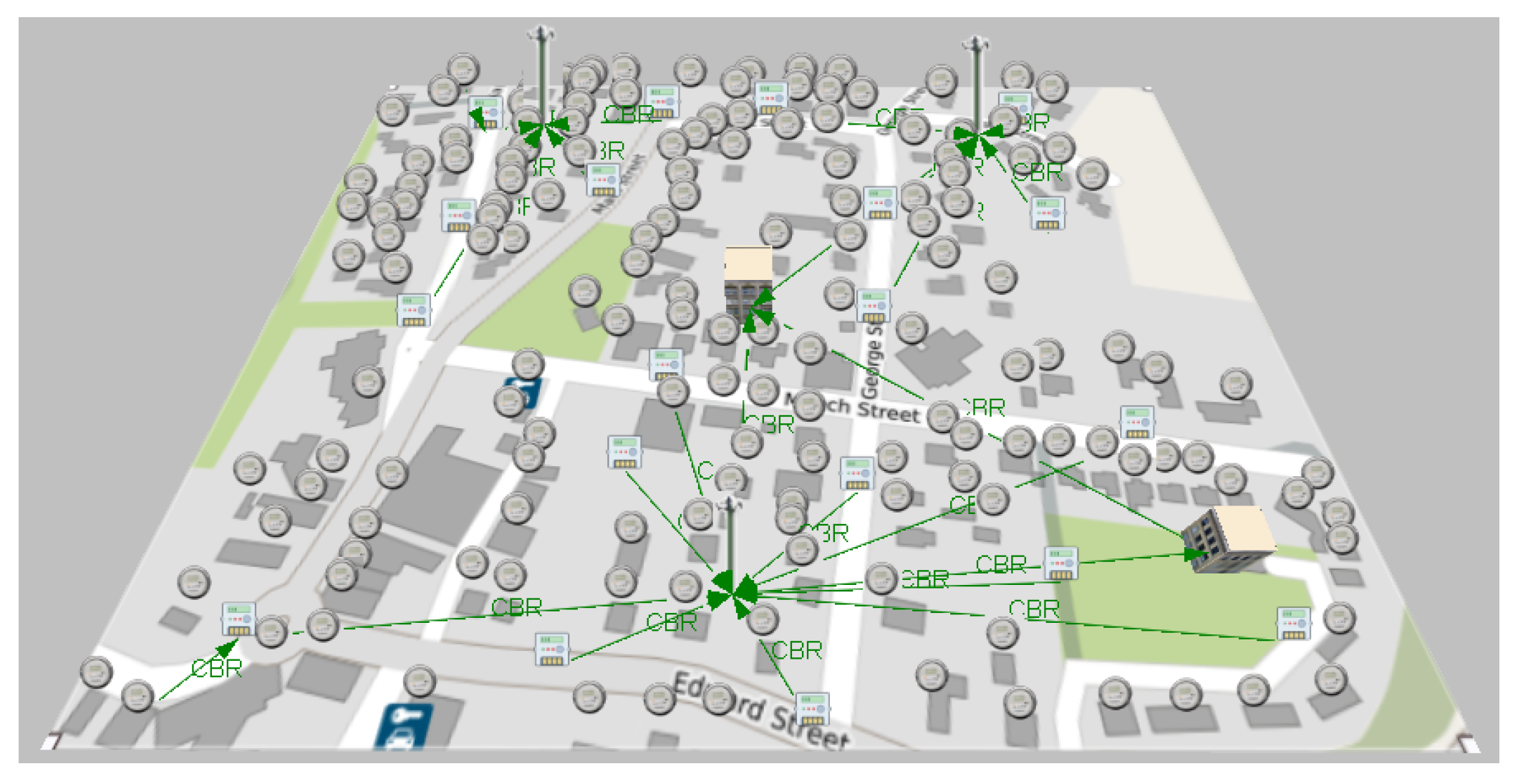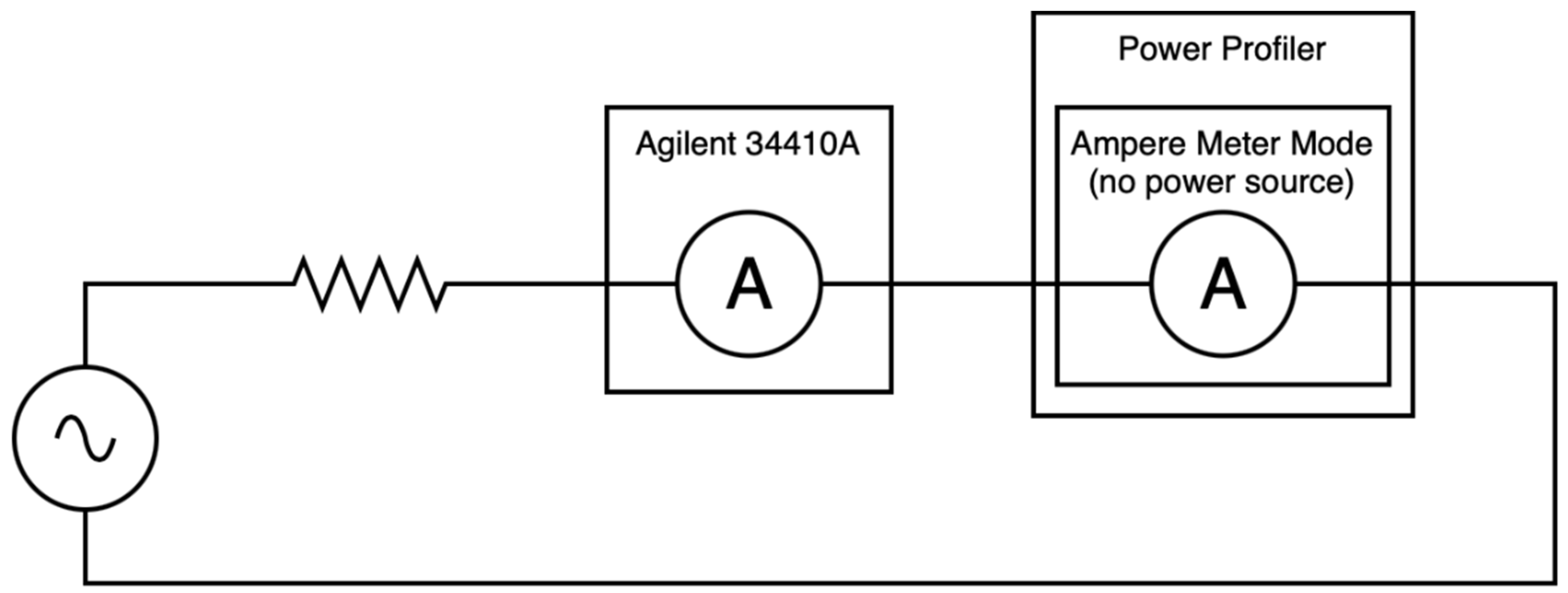Breaking barriers in smart metering with Wi-Fi HaLow: Smart meters are revolutionizing energy management, but widespread adoption faces hurdles. Traditional communication methods often fall short in terms of range, power consumption, and cost. This article explores how Wi-Fi HaLow technology is uniquely positioned to overcome these challenges, paving the way for a more efficient and interconnected energy grid.
Wi-Fi HaLow offers a compelling solution due to its extended range and low power consumption, making it ideal for reaching remote meters and extending battery life. We’ll delve into its advantages over other technologies like Zigbee, Z-Wave, and LoRaWAN, addressing crucial aspects such as security, cost-effectiveness, scalability, and interoperability. We’ll also look at future trends and the potential for Wi-Fi HaLow to shape the smart grid beyond smart metering.
Wi-Fi HaLow in Smart Metering: A Comprehensive Overview

Smart metering is revolutionizing the energy sector, offering enhanced efficiency and grid management. However, widespread adoption faces significant hurdles, primarily related to communication infrastructure. Wi-Fi HaLow, a low-power, long-range communication technology, emerges as a promising solution to overcome these barriers. This article delves into the capabilities and potential of Wi-Fi HaLow in enabling the next generation of smart metering deployments.
Okay, so we’re talking about smashing through obstacles in smart metering using Wi-Fi HaLow, right? Its long range and low power are game-changers. Think about the logistical hurdles – getting reliable data from remote meters. This is where understanding broader communication strategies helps, like the points raised in the Broncos Statement – Ezra Mam regarding efficient communication networks.
Applying those principles to smart metering could really optimize Wi-Fi HaLow deployments and improve data collection significantly. Ultimately, better communication equals better smart metering.
Introduction to Wi-Fi HaLow in Smart Metering
Wi-Fi HaLow, operating in the 900 MHz band, offers several key advantages for smart metering. Its long range allows for wider coverage with fewer base stations, reducing infrastructure costs. Low power consumption extends the battery life of smart meters, minimizing maintenance requirements. Furthermore, its robust performance in challenging environments, such as dense urban areas or rural settings with poor signal penetration, makes it particularly well-suited for diverse geographical deployments.
Compared to other technologies like Zigbee, Z-Wave, and LoRaWAN, Wi-Fi HaLow often offers a compelling balance of range, power efficiency, and data throughput.
Current challenges in smart meter adoption often stem from communication infrastructure limitations. Existing networks may lack the range or capacity to support widespread smart meter deployment, particularly in geographically dispersed areas. High deployment costs and the need for frequent battery replacements in meters also hinder adoption. Wi-Fi HaLow directly addresses these issues by offering a cost-effective and energy-efficient communication solution with extended range.
Addressing Barriers with Wi-Fi HaLow: Long Range and Low Power
Wi-Fi HaLow’s extended range significantly reduces the number of base stations needed for wide-area coverage. This translates to lower infrastructure costs and simpler network management. The technology’s low power consumption is a critical advantage, allowing smart meters to operate for extended periods on a single battery charge, reducing maintenance and replacement costs. This long battery life is particularly crucial in remote locations where battery replacement is difficult and expensive.
| Technology | Range | Power Consumption | Cost |
|---|---|---|---|
| Wi-Fi HaLow | Up to 1 km (depending on environment) | Low | Moderate |
| Zigbee | Up to 100m | Low | Low |
| Z-Wave | Up to 30m | Low | Low to Moderate |
| LoRaWAN | Up to 10km | Very Low | Moderate to High |
Security and Data Privacy Considerations

Security and data privacy are paramount in smart metering deployments. While Wi-Fi HaLow offers robust security features, potential vulnerabilities exist, such as unauthorized access and data breaches. Implementing strong security protocols, including encryption and authentication mechanisms, is crucial to mitigate these risks. Regular software updates and firmware patching are also essential for maintaining the security posture of the network.
Smart metering’s revolution is happening, thanks to tech like Wi-Fi HaLow which overcomes range limitations. It’s a big leap forward, much like Anita Rani’s openness about her personal life, as seen in this article: Countryfile presenter Anita Rani on ‘dark’ truth after marriage break. Both demonstrate the power of breaking barriers – one in technology, the other in societal expectations.
Ultimately, Wi-Fi HaLow promises wider smart grid access and improved energy efficiency.
- Employ strong encryption protocols (e.g., AES-128) for data transmission.
- Implement robust authentication mechanisms to verify the identity of smart meters and other network devices.
- Regularly update firmware and software to patch security vulnerabilities.
- Monitor network traffic for suspicious activity and promptly address any security incidents.
- Comply with relevant data privacy regulations (e.g., GDPR, CCPA).
Cost-Effectiveness and Scalability
The overall cost of implementing a Wi-Fi HaLow-based smart metering system is often competitive with other solutions, especially when considering the reduced infrastructure costs and extended battery life. The scalability of Wi-Fi HaLow is a significant advantage, enabling its use in large-scale deployments across diverse geographical areas. The technology’s ability to handle a large number of devices efficiently makes it well-suited for expanding smart grid infrastructure.
| Component | Unit Cost | Quantity | Total Cost |
|---|---|---|---|
| Smart Meters | $50 | 1000 | $50,000 |
| Wi-Fi HaLow Base Stations | $1000 | 10 | $10,000 |
| Installation and Configuration | $20/meter | 1000 | $20,000 |
| Total | $80,000 |
Interoperability and Standardization
Standardization efforts for Wi-Fi HaLow in the smart metering industry are ongoing, promoting interoperability between different vendors’ equipment. This interoperability is crucial for avoiding vendor lock-in and ensuring flexibility in system upgrades and expansion. Several successful implementations of Wi-Fi HaLow in smart metering projects demonstrate the technology’s ability to seamlessly integrate with existing infrastructure and support diverse applications.
For example, a hypothetical city-wide smart meter deployment might involve meters from multiple vendors, all communicating through a common Wi-Fi HaLow network. The standardized protocols ensure seamless data exchange and interoperability, preventing fragmentation and enhancing overall system efficiency.
Future Trends and Developments, Breaking barriers in smart metering with Wi-Fi HaLow

Wi-Fi HaLow’s applications extend beyond smart metering into other smart grid applications, such as advanced metering infrastructure (AMI) for water and gas, smart street lighting, and environmental monitoring. Future advancements in Wi-Fi HaLow technology, such as improved power efficiency and increased data rates, will further enhance its capabilities in smart metering. These improvements will enable more sophisticated applications and support the growing demand for real-time data and advanced analytics.
A visual representation of projected Wi-Fi HaLow adoption in the smart metering market over the next 5-10 years could be a line graph showing a steady, upward trend. The graph would begin with a relatively low adoption rate in the present, gradually increasing over the next 5 years, and then accelerating significantly in the subsequent 5 years. This would reflect the growing awareness of Wi-Fi HaLow’s advantages and its increasing integration into smart grid initiatives worldwide.
Okay, so we’re talking about how Wi-Fi HaLow is changing the game for smart meters, right? Think better range and lower power consumption. But reliable infrastructure is key, and sometimes that’s a hurdle. For example, check out this article about construction delays: Homes under construction hang in balance as Bensons Property – it highlights how even basic utilities can be impacted.
Getting smart meters installed efficiently relies on having the groundwork laid properly, just like these new homes. So, reliable network infrastructure is super important for Wi-Fi HaLow to truly shine.
This growth would likely be driven by successful deployments, decreasing costs, and improved standardization efforts.
Outcome Summary: Breaking Barriers In Smart Metering With Wi-Fi HaLow
Wi-Fi HaLow presents a powerful solution to the communication challenges hindering widespread smart meter adoption. Its long range, low power consumption, and growing standardization make it a strong contender for future smart grid deployments. By addressing security concerns and focusing on interoperability, Wi-Fi HaLow promises a more efficient, cost-effective, and scalable approach to smart metering, ultimately leading to a more sustainable and responsive energy infrastructure.
The future of smart metering is looking brighter, thanks to innovations like Wi-Fi HaLow.
Clarifying Questions
What is the main advantage of Wi-Fi HaLow over other technologies in smart metering?
Its combination of long range and extremely low power consumption, making it suitable for wide-area deployments with long battery life for meters.
How secure is Wi-Fi HaLow for smart meter networks?
Security is paramount. Robust encryption and authentication protocols are essential, along with regular software updates and security audits to mitigate vulnerabilities.
What are the regulatory compliance considerations for Wi-Fi HaLow in smart metering?
Compliance varies by region. It’s crucial to understand and adhere to relevant data privacy regulations (like GDPR or CCPA) and industry standards to ensure secure and legal data handling.
What is the current level of standardization for Wi-Fi HaLow in smart metering?
Standardization efforts are ongoing within relevant industry bodies to ensure interoperability between different vendors’ equipment. Adoption is growing, but complete standardization is still evolving.